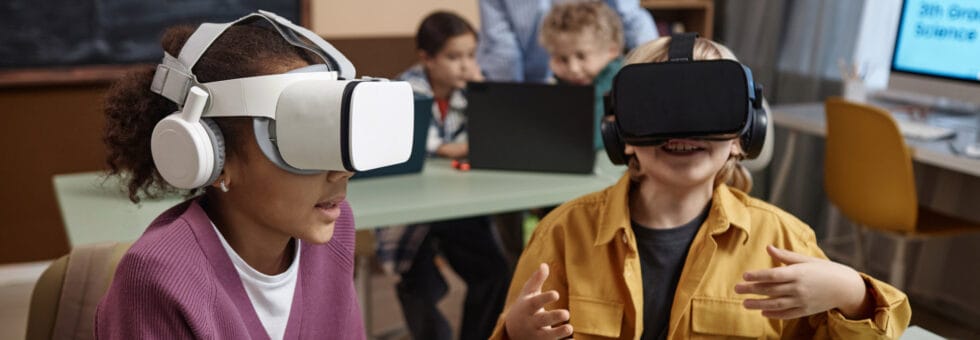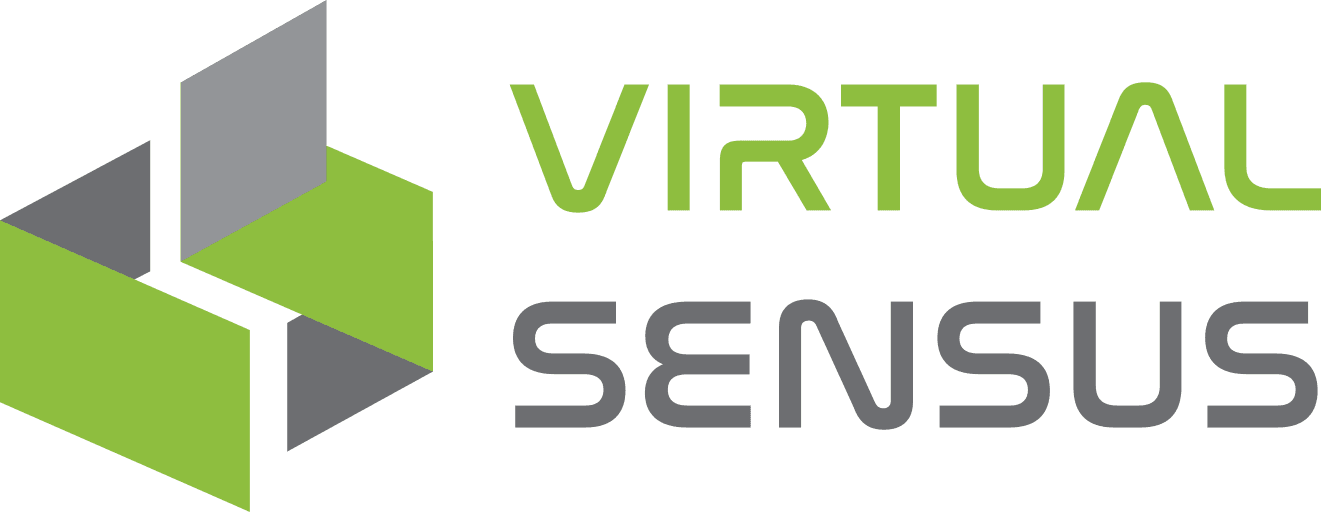Virtual reality (VR) technology is revolutionizing education, making learning processes more interactive, immersive and efficient. Students have the opportunity to put what they have learned into practice by experiencing theoretical knowledge with realistic simulations. For example, medical students can improve their manual dexterity in virtual surgical simulations without fear of making mistakes. Visual and interactive learning with VR in fields such as science or history enables easy understanding of complex concepts and significantly increases learning efficiency.
In distance education, VR increases participation and focus by moving the traditional classroom environment to the digital world. Students are in a virtual classroom environment with VR headsets and actively participate in lessons. This increases motivation and helps the course material to be remembered for a long time. VR allows educators to produce content that suits students’ different learning styles and allows students to develop their self-confidence by putting theory into practice.
VR applications offer realistic and interactive scenarios in many different fields, from language learning to geography lessons. Language learners can participate in dialogues in different languages in virtual environments, and in history classes, they can experience important events as if they were there. All these innovations transform education from just transferring knowledge to an experience in which the student is an active participant.
VR also supports creative thinking and problem-solving skills through group work and simulation games. Students can do group projects in a virtual environment and participate in projects that increase collaboration. Virtual reality in education increases students’ self-confidence, keeps their curiosity alive and makes the learning process more enjoyable.
As a result, VR technology opens new horizons in education. It becomes one of the most powerful tools of the modern education system by ensuring that students not only learn the course material but also experience and assimilate it.

